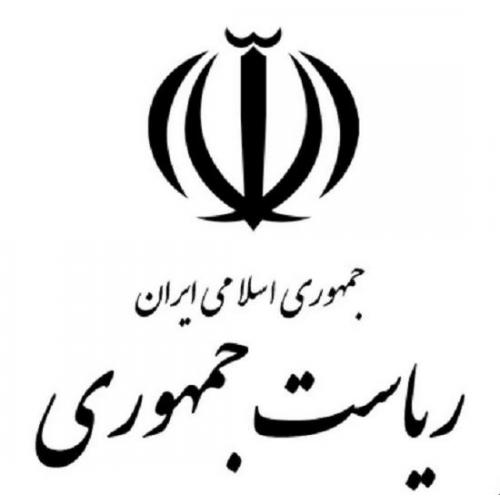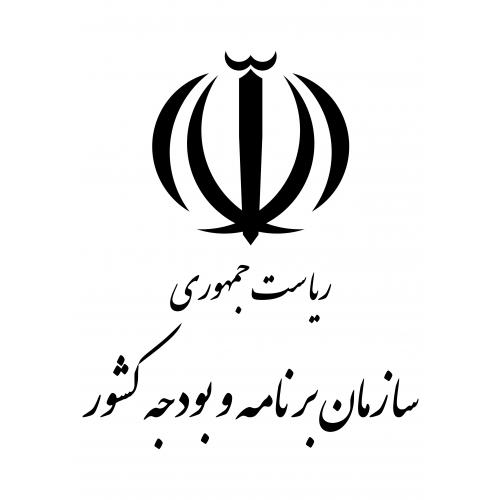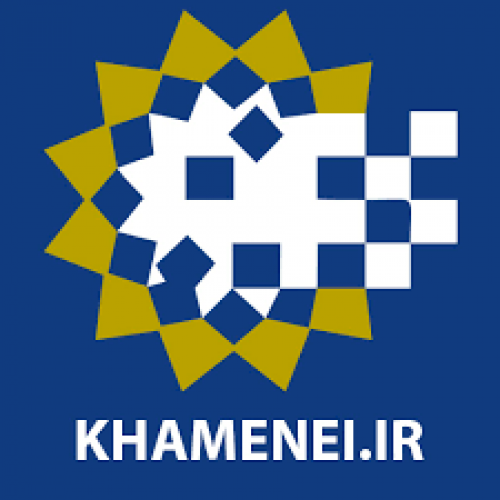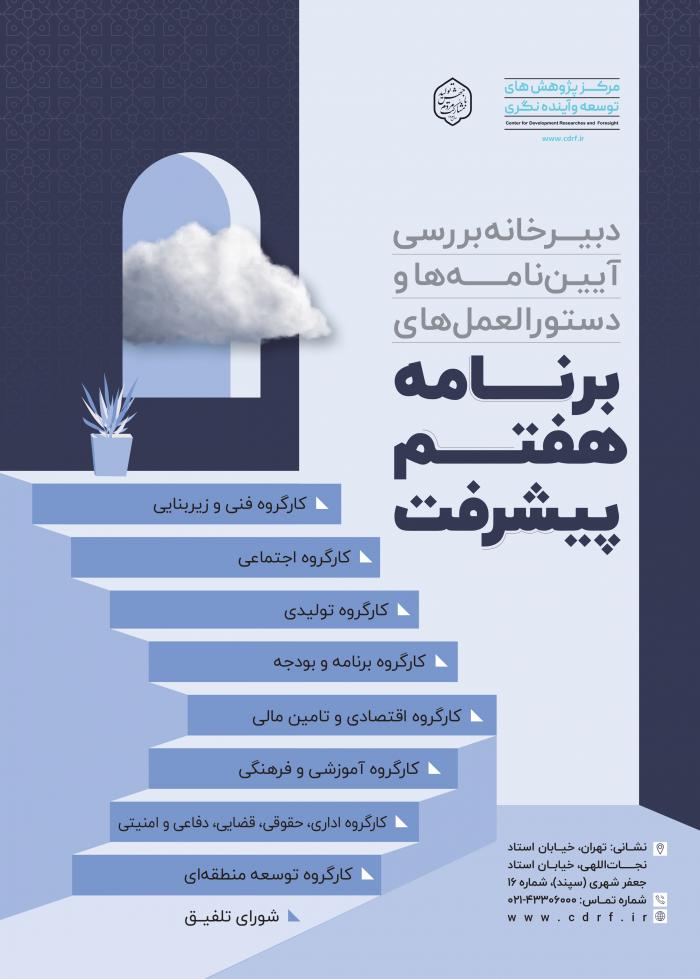
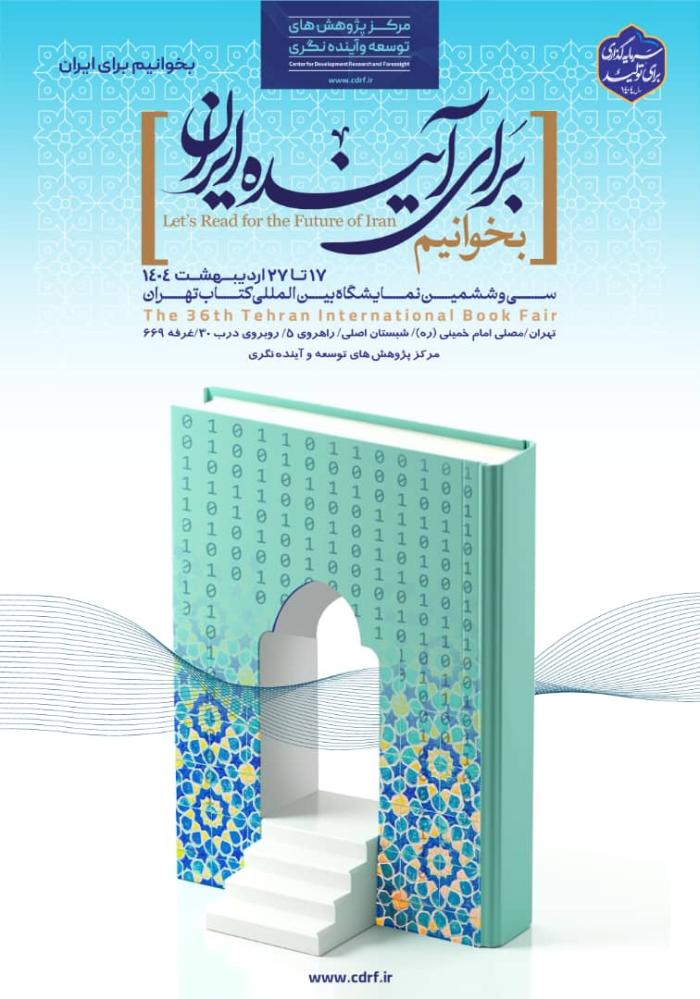
-
بررسی آییننامهها و دستورالعملهای برنامه هفتم پیشرفت
-
بررسی عوامل موثر بر افزایش تصادفات و تلفات جادهای و سوانح رانندگی و دادهکاوی تلفات انسانی
-
سازماندهی و بازآرایی فضایی آموزش عالی کشور
-
به روز رسانی سند ملی آمایش سرزمین
-
انجام مطالعات مناطق آزاد به عنوان نواحی پیشران اقتصادی کشور
-
اصلاح ساختار بودجه و پیاده سازی نظام یکپارچه مدیریت اطلاعات مالی دولت (IFMIS)
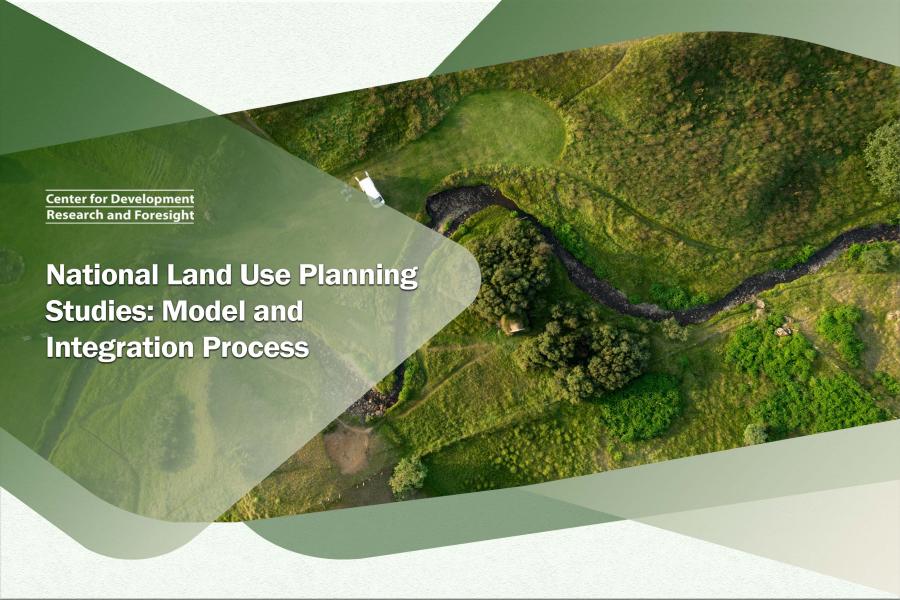
Spatial planning is the process of designing a desirable spatial organization of activities, population, and their impacts on territory. Therefore, its main objective is to consider sectoral and regional balances and balanced land use in formulating scenarios and determining the preferred pattern of population and activity distribution.
Spatial planning is the process of designing a desirable spatial organization of activities, population, and their impacts on territory. Therefore, its main objective is to consider sectoral and regional balances and balanced land use in formulating scenarios and determining the preferred pattern of population and activity distribution. In Iran, this process is called “Amayesh-e-Sarzamin” and is conducted at the national, regional, and provincial levels. According to Article 20 of the Sixth Development Plan Law, the government is required to prepare, approve, and implement national and provincial spatial planning documents. For this purpose, having a framework or model that specifies the stages of work implementation and the relationships between components is essential. Moreover, having an integrated model before starting the studies is a prerequisite for preparing a spatial planning document, as integrating a large volume of information at the end of the studies can be confusing. There are various methods for creating integration in information in spatial planning. Some methods use a uniform structure at the level of variables, meaning that all variables in each section can have any relationship with each other without any limitation on establishing this relationship. However, other methods transfer this relationship and coherence from the level of variables to the level of results. It is evident that the more this coherence moves from the level of variables to the level of results, the less complex the method is. However, on the other hand, the results will be less accurate. Therefore, choosing a unified model depends on the goals and expected outputs of the level of spatial planning. Furthermore, spatial planning is an interdisciplinary science that draws on theories from other sciences, and this requires using integrated approaches and methods. Having an integrated approach enables obtaining appropriate outputs in each section by using a combination of different methods, both quantitatively and qualitatively, and also in terms of results, in a consistent manner. The integrated model for preparing the national spatial planning document, based on the eight principles of spatial planning and for achieving the main expected outputs of this document, has considered integration both at the level of quantitative and qualitative variables and at the level of results, based on different stages. According to this model, by identifying challenges, formulating directions, determining territorial considerations and restrictions, determining balance, sectoral and regional conflicts and balances, and taking a forward-looking approach, it is possible to depict the desired spatial organization of the country by 2045.

